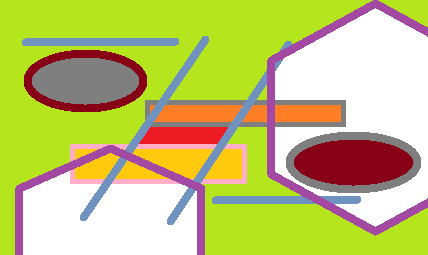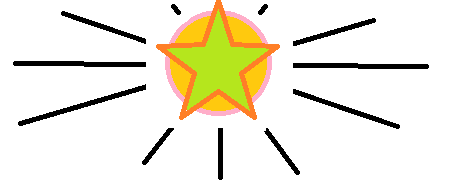neeblaj valoroj/impossible values
En 1951, fizik-lernolibroj uzis du malsamajn unuojn por elektra ŝarĝo kaj la elektrostatika forto (listigitaj kun la dielektra forto por seka aero).
In 1951, physics textbooks used
two different units for electric
charge and the Electrostatic force
(listed with dielectric strength for dry air).
* "esu" units (100 dynes/statcoulomb).
* coulomb units (30,000 v/cm).

The remainder of the texts examined
contained at least some electrostatic
problems in which the charge was
expressed in coulombs. In all but two
of these books, the data in some of
the problems gave electric field
intensities greater than the dielectric
strength of the medium (approximately
30,000 v/cm for dry air).
La resto de la tekstoj ekzamenitaj
enhavis almenaŭ kelkajn elektrostatikajn
problemojn, en kiuj la ŝarĝo estis
esprimita en Kulomboj. En ĉiuj krom du
el ĉi tiuj libroj, la datumoj en iuj el
la problemoj donis elektrajn kampajn
intensecojn pli grandajn ol la dielektra
forto de la mediumo (proksimume
30.000 v / cm por seka aero).
D-ro Skolil atentigas, ke lernolibroj uzantaj “esu” ekzemplojn havis pli realismajn problemojn por studentoj, ĉar la datumoj ne superis la dielektrian forton de seka aero.
Dr. Skolil points out that text books
using "esu" units had more realistic
problems for students because the data
did not exceed the dielectric strength
of dry air.
out of some twenty texts using esu of charge,
only one text gave data for problems such that
the electric field intensity exceeds the
dielectric strength of the medium
(approximately 100 dynes/statcoulomb for dry air).
el iom dudek lernolibroj uzante ŝarĝ-unuojn de “esu”
nur unu teksto donis datumojn pri problemoj tiaj,
ke la elektra kampo-intenseco superas la
dielektran forton de la mediumo.
(proksimume 100 dynes / statcombomboj por seka aero)
Oni esperas, ke hodiaŭaj lernolibroj korektis ĉi tiun problemon. Ĉu vi ne pensus, ke subitaj, nedezirataj elektraj ŝarĝoj povus esti detruaj kun hodiaŭaj plimultege-progresintaj elektromekanikaj sistemoj?
It is hoped that today’s textbooks
have corrected this problem. Wouldn’t
you think that sudden, unwanted electrical
charges could be destructive with
today’s hyper-advanced electromechanical
systems?
referencoj/references
-
Skolil, Lester L. “The Use of the Coulomb in Electrostatic Problems”, UC Davis Calif. https://aapt.scitation.org/doi/10.1119/1.1932784 ↩
